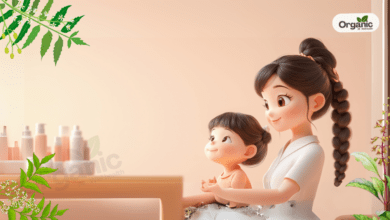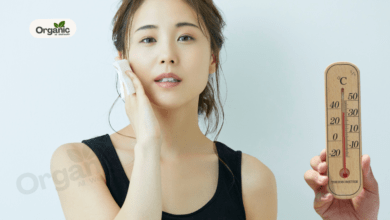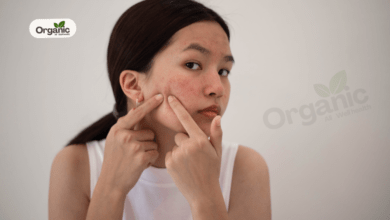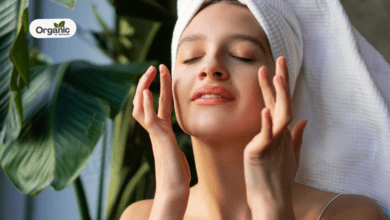How to Prevent Tanning and Sun Damage During the Monsoon
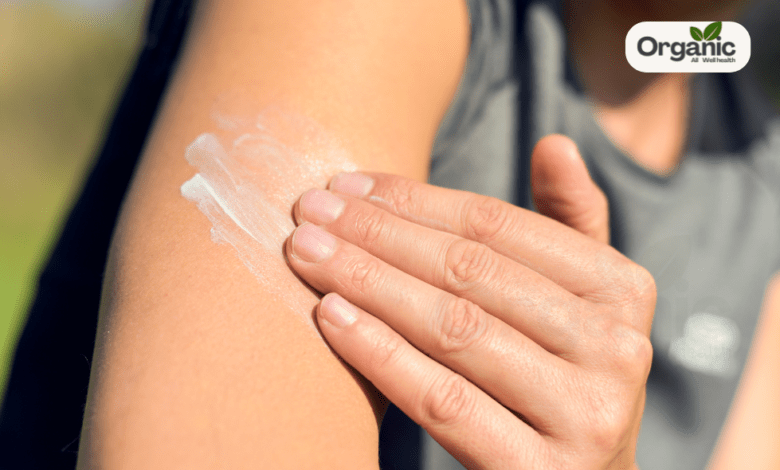
The monsoon season brings much-needed relief from the scorching summer heat, drenching the land with refreshing rains and cooling breezes. But even amidst cloudy skies and persistent drizzles, the need to care for your skin remains paramount. Many assume that cloudy weather offers protection from harmful UV rays. However, this is a misconception. Understanding how to prevent tanning and sun damage during the monsoon is crucial if you want to maintain healthy, glowing skin year-round.
Why Tanning Happens Even During the Monsoon
Understanding UV Radiation
UV radiation, particularly UVA and UVB rays, is the main culprit behind skin tanning and damage. While UVB rays cause visible sunburns, UVA rays penetrate deeper, damaging skin cells and leading to premature aging, pigmentation, and long-term issues like melasma.
Even on overcast days, up to 80% of UV rays can penetrate cloud cover. That’s why learning how to prevent tanning and sun damage during the monsoon isn’t just relevant—it’s essential.
Common Myths About Sun Exposure in Rainy Weather
Let’s bust some common myths:
- Myth 1: “Clouds block UV rays” – False. UV rays penetrate clouds.
- Myth 2: “I don’t need sunscreen in monsoon” – False. UV exposure remains high.
- Myth 3: “Tanning only happens in summer” – False. Tanning occurs year-round with UV exposure.
Recognizing these myths helps us adopt healthier skin practices throughout the year.
Top Strategies on How to Prevent Tanning and Sun Damage During the Monsoon
1. Use Sunscreen — Rain or Shine
The number one rule for how to prevent tanning and sun damage during the monsoon is applying sunscreen daily. Your sunscreen should offer:
- Broad-Spectrum Protection: Blocks both UVA and UVB rays.
- SPF 50 or Higher: Ensures adequate coverage for prolonged exposure.
- Non-comedogenic Formula: Especially for oily or acne-prone skin.
- Water or Gel-Based Texture: Ideal during monsoons to prevent greasiness.
Application Tips
- Apply 15-20 minutes before going out.
- Use about a coin-sized amount for the face.
- Reapply every 2 hours, especially if wet or sweaty.
2. Incorporate Niacinamide Serum for Enhanced Protection
Niacinamide, or Vitamin B3, plays a crucial role in fighting the effects of sun damage. Here’s how:
- Strengthens Skin Barrier: Protects from environmental stressors.
- Reduces Pigmentation: Targets tanning and dark spots.
- Anti-inflammatory Properties: Calms redness and irritation.
- Oil Regulation: Ideal for oily skin, common during humid monsoon days.
For best results, use a niacinamide serum in your morning routine before applying moisturizer and sunscreen.
Also Read: How to Clean Your Ears – Complete Guide to Safe and Effective Ear Hygiene
3. Wear Sun-Protective Clothing and Accessories
Another important point in how to prevent tanning and sun damage during the monsoon is physical protection.
Recommended Items
- Wide-brimmed Hats: Cover face and neck.
- UV-Protective Sunglasses: Shield the eyes and reduce wrinkle formation.
- Long-Sleeved, Breathable Clothing: Keeps skin protected without overheating.
Look for fabrics with a high UPF (Ultraviolet Protection Factor) rating.
4. Stay Hydrated to Support Skin Resilience
Hydration is not just an internal process—it directly influences how your skin handles sun exposure. Dehydrated skin is more vulnerable to tanning and damage.
Hydration Tips
- Drink at least 8-10 glasses of water daily.
- Include coconut water, cucumber, and watermelon in your diet.
- Use a lightweight, non-comedogenic moisturizer to prevent moisture loss from humidity.
5. Avoid Peak Sun Hours
Sun rays are most intense between 10 AM to 4 PM, even in monsoon. This is when UV levels peak, increasing your risk of tanning.
Action Plan
- Try to limit outdoor exposure during peak UV hours.
- If you must go out, layer your protection — sunscreen, clothing, and accessories.
- Check the daily UV index (available on most weather apps) before stepping out.
6. Exfoliate Regularly and Gently
Exfoliation helps in removing dead skin cells and reversing mild tanning.
Best Practices
- Use gentle exfoliants like lactic acid or fruit enzyme-based scrubs.
- Exfoliate once or twice a week — don’t overdo it.
- Follow with moisturizer and don’t skip sunscreen afterward.
Excessive exfoliation may damage your skin’s barrier, making it more prone to sun damage.
7. Use Natural Remedies (Cautiously)
Natural ingredients can assist in mild tan removal when used properly.
Home Remedies That Work
- Aloe Vera Gel: Soothes sun-exposed skin.
- Cucumber Juice: Cools and lightens tanned areas.
- Tomato Pulp + Honey: Natural skin brightener.
- Curd + Turmeric Pack: Reduces pigmentation over time.
While helpful, these should complement, not replace, your medical-grade skincare.
8. Choose the Right Skincare Routine for Monsoon
Humidity can lead to clogged pores, breakouts, and dull skin. Tailor your skincare based on your skin type.
Morning Routine
- Gentle cleanser
- Niacinamide serum
- Lightweight moisturizer
- Broad-spectrum sunscreen
Evening Routine
- Cleanser
- Mild exfoliant (2x per week) or toner
- Hydrating serum (hyaluronic acid)
- Moisturizer
- Spot treatment (if needed)
Consistency is the key to visible results in protecting your skin from tanning during the monsoon.
9. Eat Skin-Friendly Foods to Prevent Damage
What you eat has a direct effect on your skin’s ability to combat UV damage.
Essential Nutrients
- Vitamin C (citrus fruits): Promotes collagen production and brightens skin.
- Vitamin E (nuts, seeds): Repairs skin damage.
- Omega-3 Fatty Acids (flaxseeds, walnuts): Reduces inflammation.
- Antioxidants (berries, green tea): Protect against oxidative stress.
10. Monitor and Treat Pigmentation Early
Despite all precautions, some tanning may still occur. Early treatment is crucial.
Effective Ingredients to Look For
- Niacinamide: Already discussed above.
- Licorice Extract: Natural skin lightener.
- Kojic Acid: Fades dark spots.
- Azelaic Acid: Treats uneven skin tone.
Consult a dermatologist if pigmentation becomes persistent.
Final Thoughts on How to Prevent Tanning and Sun Damage During the Monsoon
The rainy season may feel like a time to let your guard down when it comes to sun protection, but that’s far from the truth. The UV rays don’t take a break, and neither should your skincare. Knowing how to prevent tanning and sun damage during the monsoon helps you stay ahead of problems like hyperpigmentation, premature aging, and persistent tan lines.
Incorporate a consistent skincare routine, eat a nutrient-rich diet, wear protective gear, and never skip your sunscreen — even when it’s pouring outside.
FAQs: How to Prevent Tanning and Sun Damage During the Monsoon
Q1: Can I skip sunscreen if it’s cloudy?
No. UV rays still penetrate clouds. Sunscreen is a must, regardless of the weather.
Q2: What SPF is suitable during monsoon?
SPF 50 or higher is ideal for extended protection, especially during outdoor activities.
Q3: Is niacinamide safe for daily use?
Yes. It is safe and highly effective for reducing pigmentation and improving skin texture.
Q4: Should oily skin types moisturize during monsoon?
Absolutely. Opt for a gel-based or non-comedogenic moisturizer to maintain hydration.
Disclaimer: This advice is for general informational purposes only. It is not a substitute for professional medical advice. Always consult an expert or your own doctor for more information. WellHealthOrganic is not responsible for the accuracy of this information.
